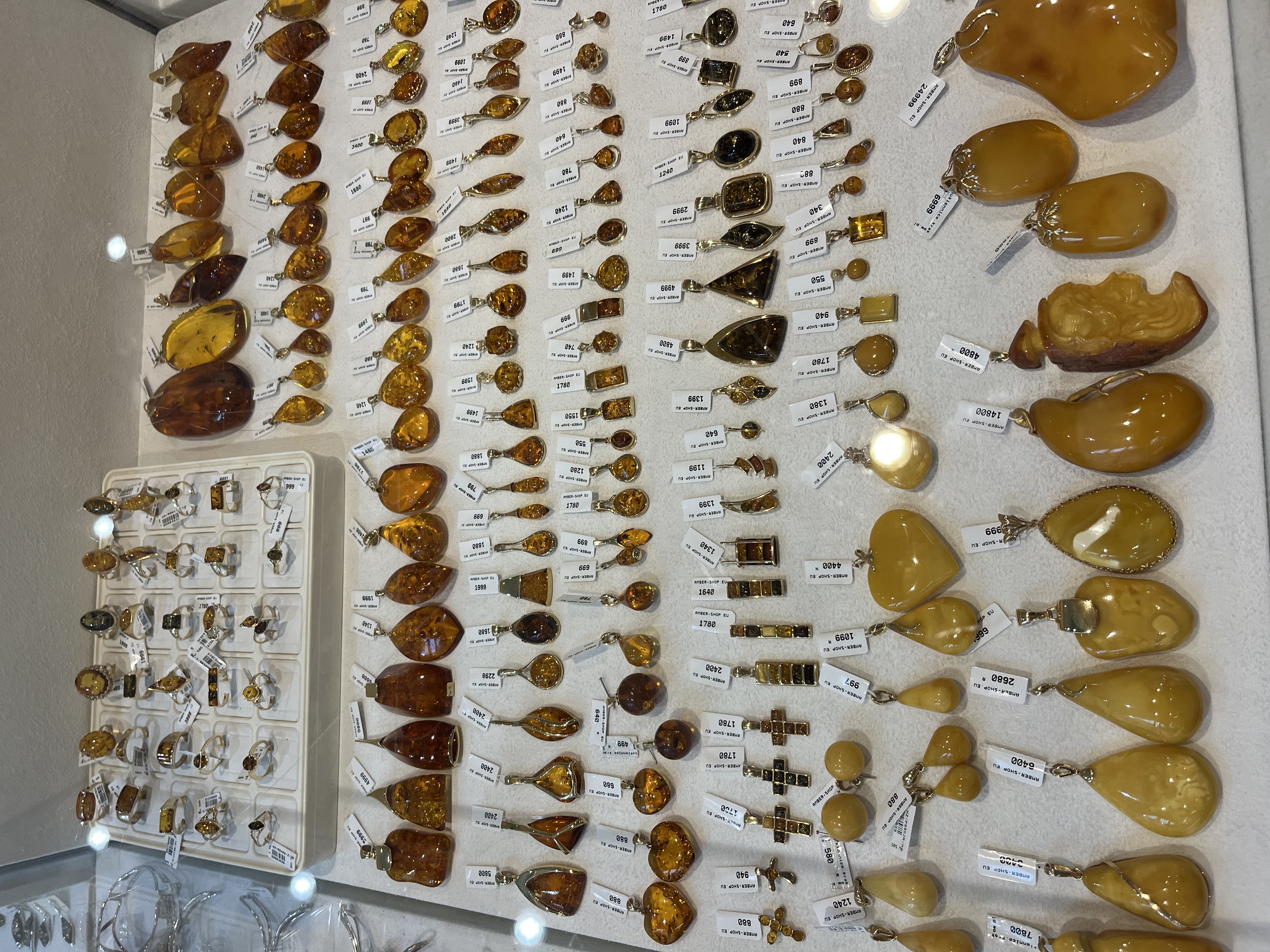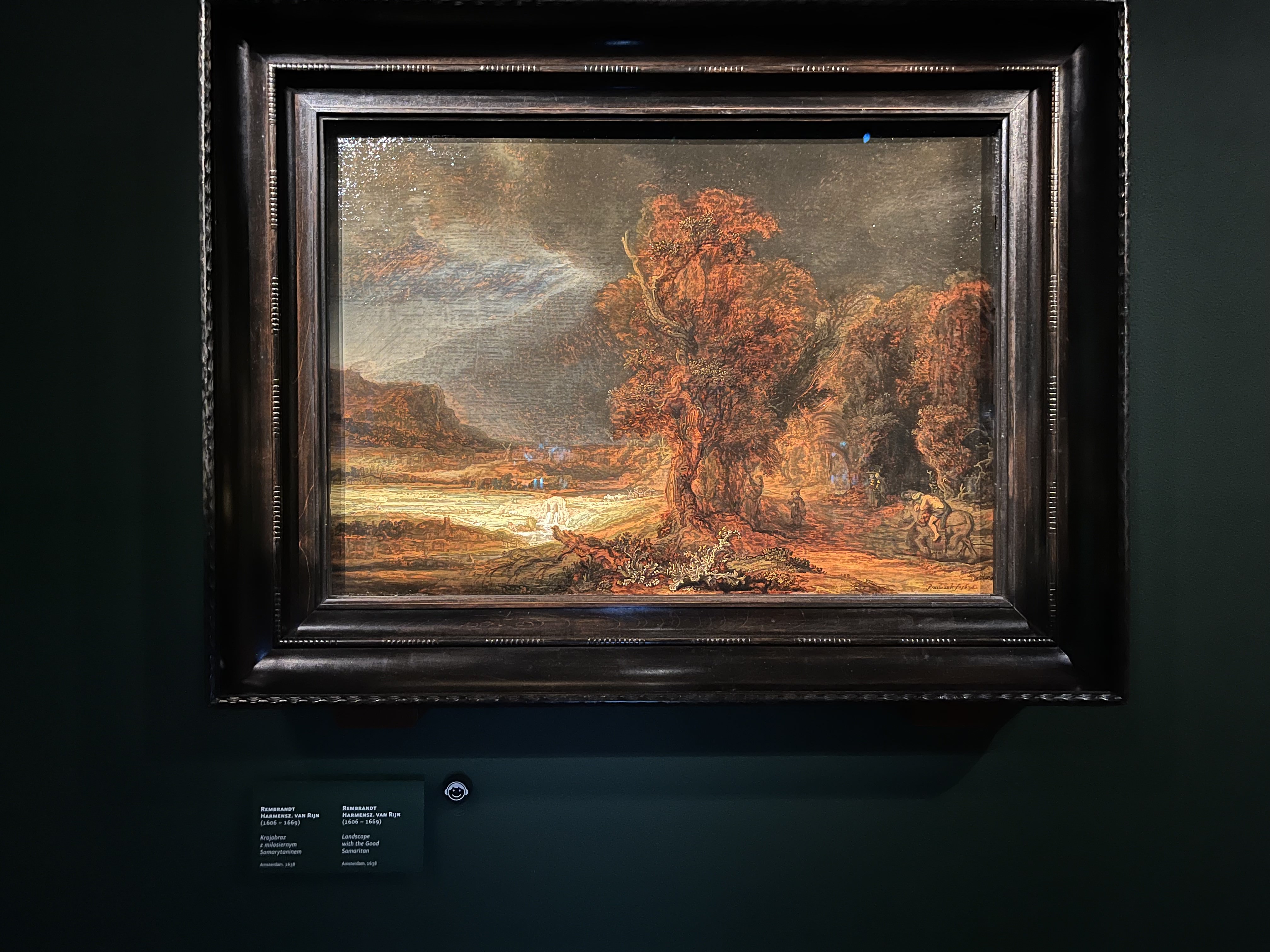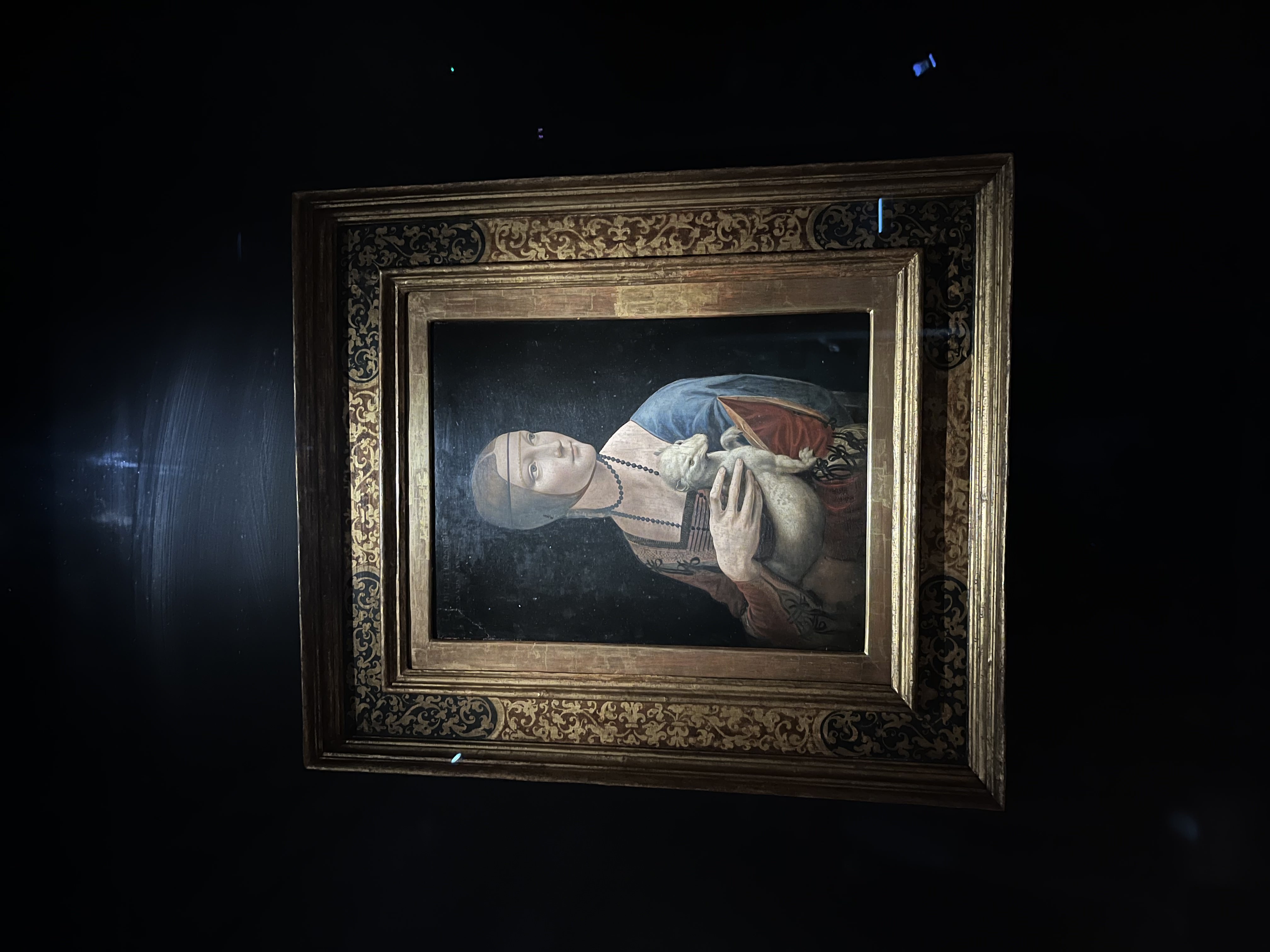Week 4
During my fourth week at CEELI, I shifted my research to universal jurisdiction. Universal jurisdiction is a legal principle that allows countries to claim criminal jurisdiction over individuals regardless of residence, citizenship, or where the crime was allegedly committed. Unlike international tribunals like the International Criminal Court (ICC), countries use domestic law to prosecute people. Most significantly, countries invoke this power through their laws; no international body grants them universal jurisdiction. Proponents argue that certain violations of international law, like genocide, crimes against humanity, war crimes, and torture, are so severe that individuals should not be able to escape prosecution in one country because the crime was committed elsewhere. Universal jurisdiction also provides an alternative if international courts are unable or unwilling to conduct an investigation and trial, or if extraterritorial jurisdiction fails. Opponents argue that international courts already exist, and states could unjustly prosecute individuals with few consequences. Opponents also argue that universal jurisdiction can unfairly advance certain political objectives, because it is based on moral objectives.
Universal jurisdiction has been a growing topic of research and conferences since the 1990s. In particular, Spanish courts have used universal jurisdiction in several cases against South American dictators and torturers. However, since 2014, Spain has effectively eliminated universal jurisdiction by implementing a complex set of admissibility conditions. Today, the conversation on universal jurisdiction is centered on prosecuting Russian individuals for war crimes perpetrated in Ukraine. Germany, Lithuania, Spain, and Sweden have initiated investigations.
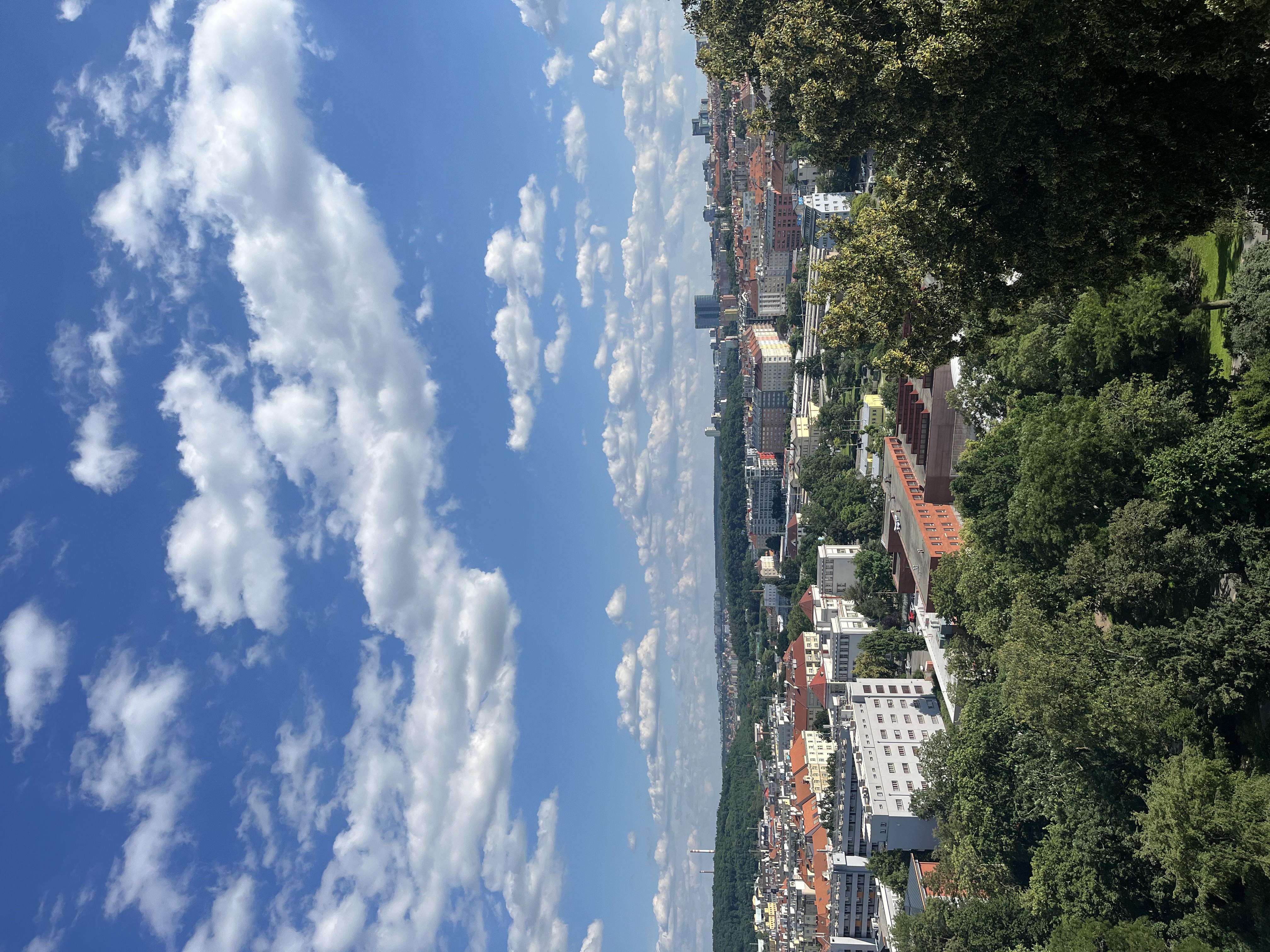 CEELI also had a program called Messaging and Storytelling About the Rule of Law. This program was distinct because it involved media and communications professionals speaking to judges. The familiar English class phrase "show don't tell" was a suggested strategy. Like the Communication With the Media program, the speakers encouraged judges to enhance the courts' social media presence with videos and concise explanations. I'm curious if U.S. courts consider these strategies because it seems like a possible way to counter the growing distrust of the judicial system.
CEELI also had a program called Messaging and Storytelling About the Rule of Law. This program was distinct because it involved media and communications professionals speaking to judges. The familiar English class phrase "show don't tell" was a suggested strategy. Like the Communication With the Media program, the speakers encouraged judges to enhance the courts' social media presence with videos and concise explanations. I'm curious if U.S. courts consider these strategies because it seems like a possible way to counter the growing distrust of the judicial system.
The 2024 European Union elections also wrapped up at the beginning of the week. As the first European Parliament election after Brexit, it was closely watched. Throughout my travels, I saw many candidate posters. As expected, conservative and far-right parties grew in power. Voter turnout in the Czech Republic was 36.45%, expectedly lower than in presidential elections.
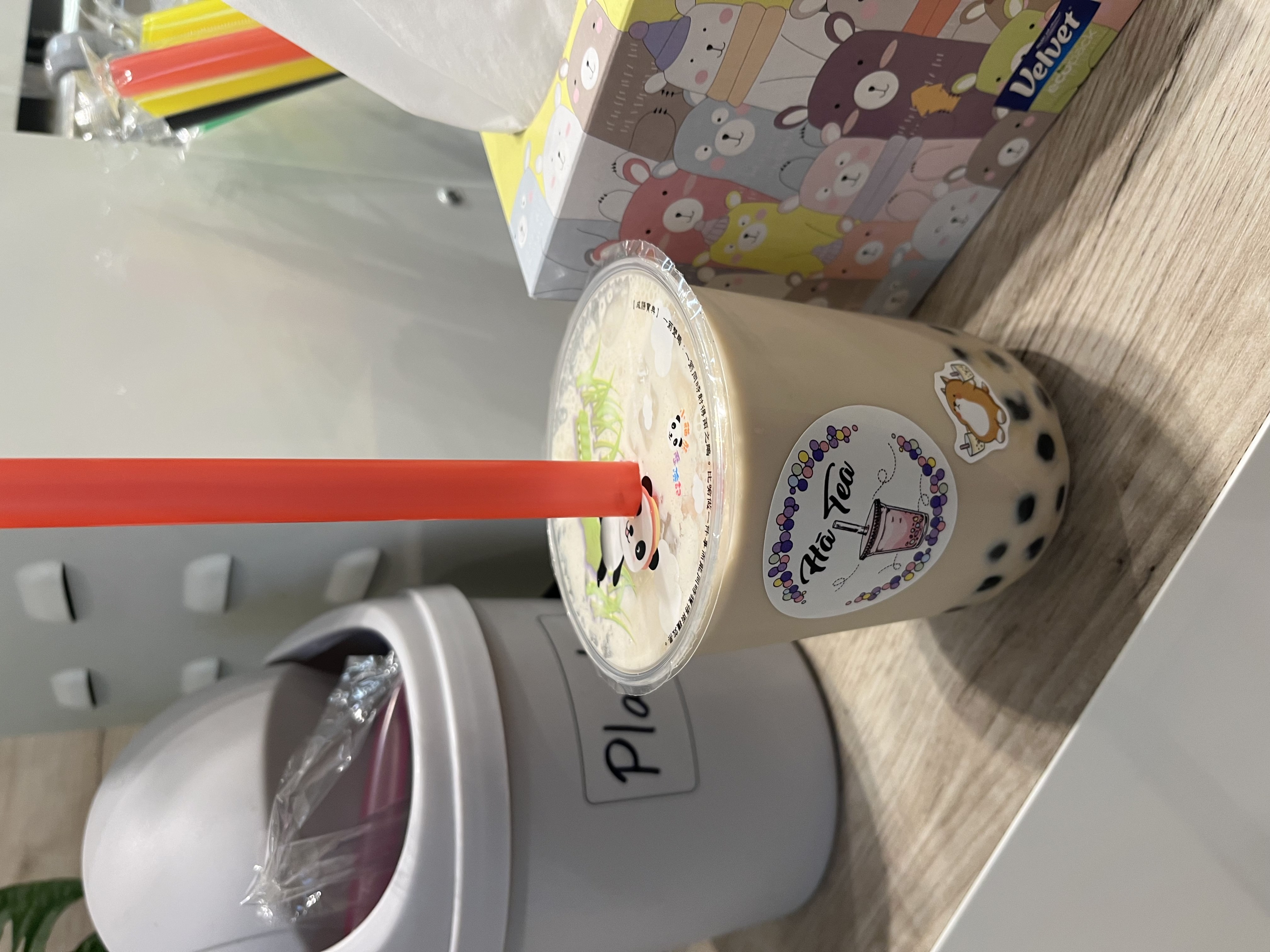 I also traveled to Krakow, Poland, for the weekend. On Saturday, I went on a guided tour of Auschwitz-Birkenau, formerly a Nazi concentration and extermination camp. While I've learned a lot about the Holocaust and World War II, it was surreal to be at the location where some of the most heinous crimes occurred. It was shocking to see the piles of shoes, glasses, luggage, combs, and human hair that the Nazis collected from their victims. While grim, it is definitely a place I recommend everyone visit.
I also traveled to Krakow, Poland, for the weekend. On Saturday, I went on a guided tour of Auschwitz-Birkenau, formerly a Nazi concentration and extermination camp. While I've learned a lot about the Holocaust and World War II, it was surreal to be at the location where some of the most heinous crimes occurred. It was shocking to see the piles of shoes, glasses, luggage, combs, and human hair that the Nazis collected from their victims. While grim, it is definitely a place I recommend everyone visit.
While there are many groups of people who suffered during WWII, I forgot how greatly Poland was affected by being Germany's neighbor and the first country that was invaded. Around 1.8 million non-Jewish Polish civilians and 3 million Jewish citizens were killed during the war, roughly one-fifth of the pre-war population. This visit also intersected with my research because an important precedent to universal jurisdiction were the Nuremberg Trials, where Nazis were held to universal standards, despite no singular geographic location of the crimes and the legality of their actions under Nazi law.
On Sunday, I walked around Krakow's Old Town. The Main Square, St. Mary's Basilica, the Church of St. Francis of Assisi, and Wawel Castle were magnificent. Cloth Hall, an indoor market with stalls of people selling souvenirs, was my favorite because of the craftsmanship of the jewelry, ornaments, and wood carvings. I learned that Baltic amber jewelry has long been popular in Poland due to its beauty, abundance, and supposed healing properties. I also visited the Princes Czartoryski Museum, which has an impressive collection of artwork, including Landscape with the Good Samaritan by Rembrandt and Lady with an Ermine by Leonardo da Vinci. My pictures don’t do the masterful colors and brushstrokes justice!
